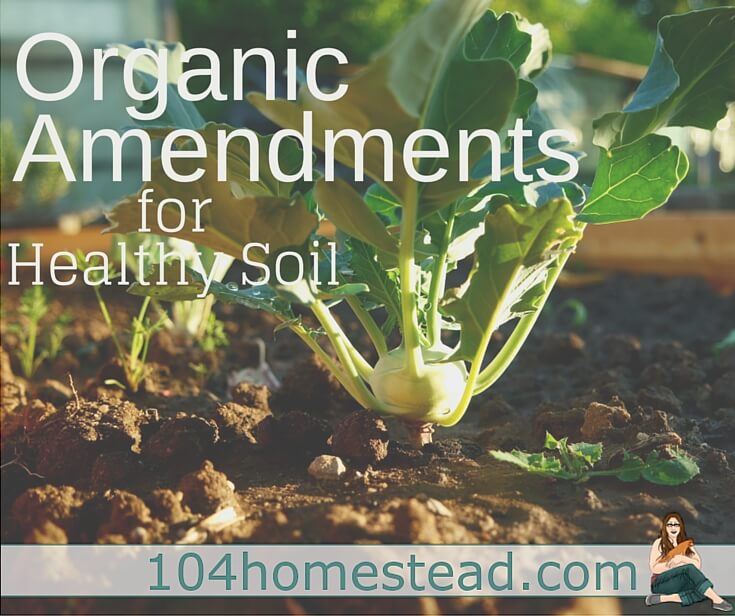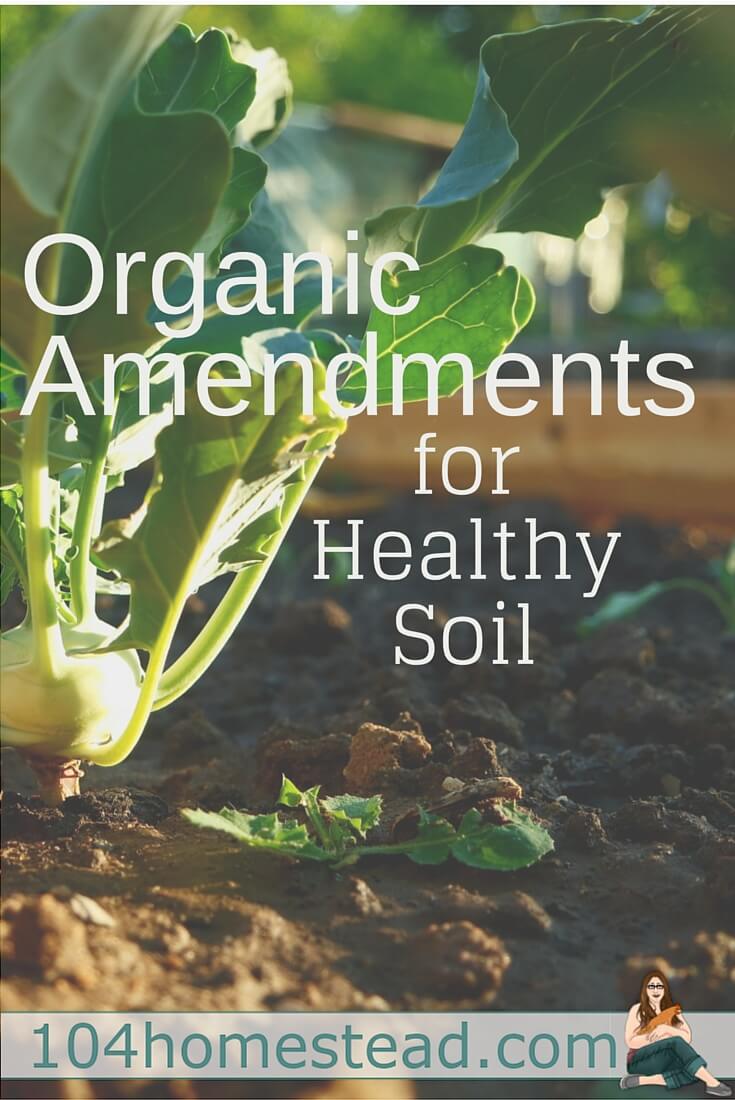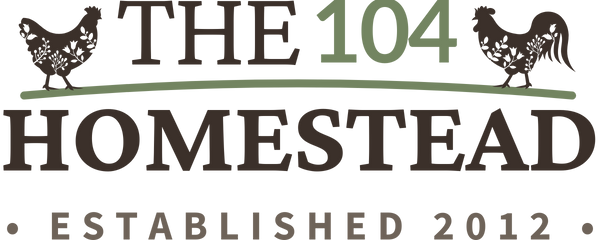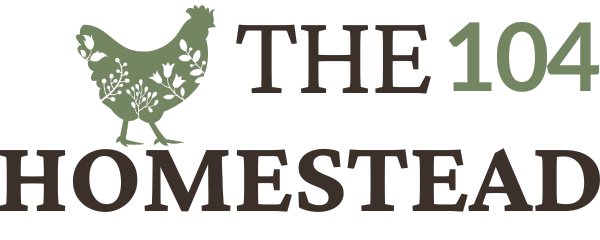Organic Amendments for Healthy Soil
Plant your produce in rich, healthy soil. Go a step further and choose organic and natural amendments to enhance your soil quality.

Growing produce is very similar to baking a cake. Fresh, high-quality seeds are like fresh, high-quality ingredients. But much like a sub-par oven can ruin a cake, sub-par soil can ruin your crop quality and harvest quantity. Improve your soil and you will improve your growing experience.
So where do you start? Test your soil. Most state Cooperative Extensions offer extensive soil tests that include a breakdown of what elements your soil needs and the quantity need to add. You can also purchase a DIY Soil Kit at almost any garden supply store, but these tests don’t check for as many elements.
Garden supply stores and big box stores have aisles and aisles of amendments available. It’s almost overwhelming. But how do you know which packages contain organic materials? Which ones are natural alternatives? Here are some of the best organic options for the big three elements:
Nitrogen
Signs of low nitrogen include stunted growth and small pale yellow-green leaves. To correct low nitrogen you can use:
- Spoiled Legume Hay
- Cowpea Green Manure
- Blood Meal
- Fish Meal
- Legume Cover Crops (planted during the off-season)
Phosphorus
Signs of low phosphorus include a limited root system, thin stems and a purple tint on leaves. To correct low phosphorus you can use:
- Rock Phosphate (doesn’t work quickly, but acts as a long-term solution)
- Bone Meal (a great quick-fix)
- Granite Meal
Potassium
Signs of low potassium include poor water intake resulting in a shriveled appearance and small, limp fruits. To correct low potassium you can use:
- Sul-Po-Mag (a commercial formula that meets organic standards)
- Wood Ash
- Greensand
- Polyhalite
- Seaweed Meal
- Kelp Meal
Other Organic Soil Amendments
In addition to all the amendments listed above for specific element deficiencies, consider adding any (or all) of these to improve your soil condition:
- Crushed Egg Shells
- Alfalfa (hay, pellets, meal)
- Fresh Grass Clippings
- Lime
- Oyster Shell
- Oak Leaves
- Saw Dust
- Worm Castings
- Compost, compost, compost! (Compost is the ultimate tool to perfect your soil)
If you’ve found value in this blog post and enjoyed reading it, why not share it with your Pinterest community? Pin the image below and spread the love!

Happy gardening and I’ll see you next week to talk about Double Digging.

